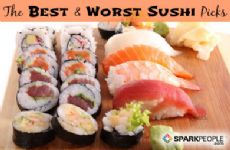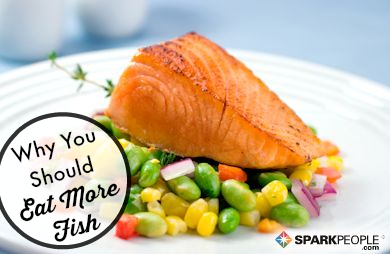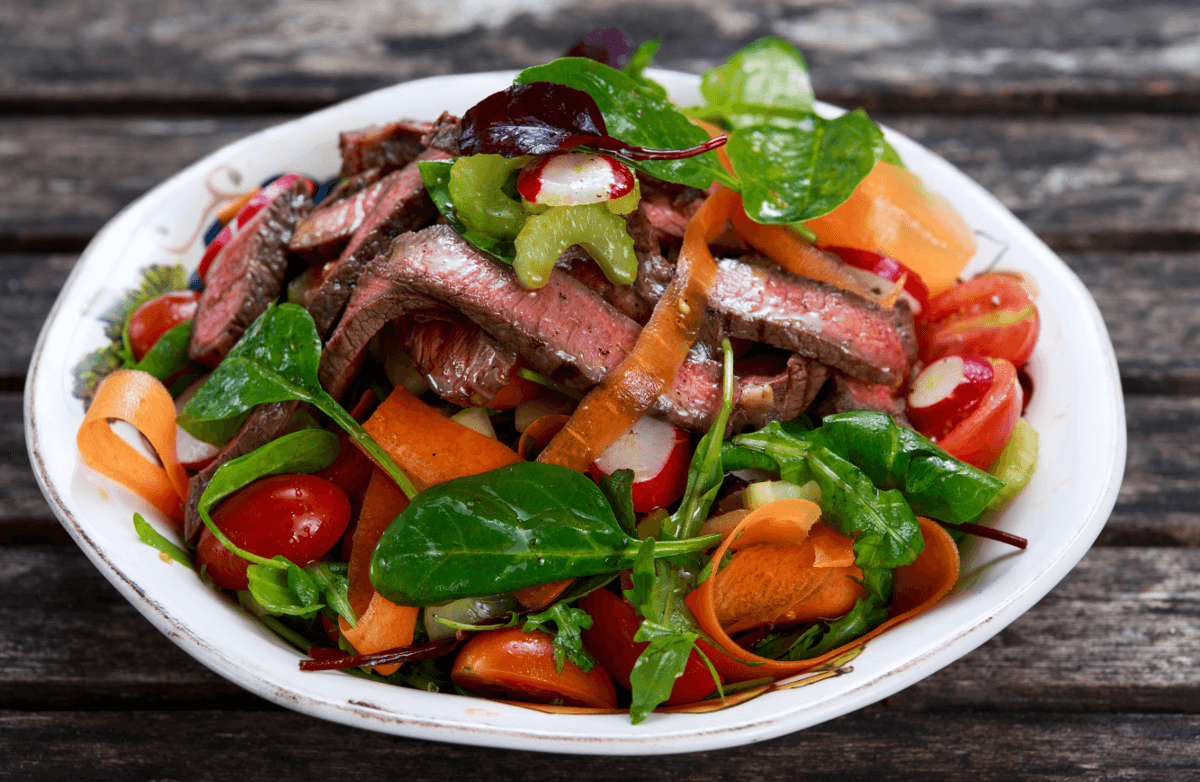|
Studies over the last two decades have revealed ways to chemically alter naturally digestible starches. The chemical modifications introduce bonds that make them non-digestible by human enzymes in the digestive tract. Benefits of the newly manufactured starch fiber additives are largely unknown. We have talked about the new manufactured fibers known as stealth fiber. We have mentioned there is a new fiber category in the midst of the FDA rulemaking process apparently with the full backing of industry. New products are finding a place at the manufacturing table. New fiber enhancement products are being added so baked goods, snack foods, breakfast cereals, and nutrition bars can meet "good source of fiber" or "excellent source of fiber" labeling claims. Now we need to talk about how you can use this information. You will not find "stealth fiber" listed on the food label. You may see or hear "modified natural fibers" used in marketing campaigns. Strange derivative terms for natural portions of wheat, potato, or corn are more likely to appear on labels. It will be important for consumers to have an understanding of such terms as an indicator of modification. Here are some specifics to help you decipher food labels as you interpret product fiber sources. The term resistant starch is becoming more and more common. These starches are both naturally occurring as well as manufactured. When you eat whole foods such as whole grain breads, lentils, beans or brown rice, about five percent of the starch is a natural source of resistant starch. This small percentage is considered non-glycemic because it travels intact to the large intestine. However, the remaining ninety-five percent is digestible and does have a glycemic response. Manufactures have found chemical ways to create ingredients with high resistant starch content to boost otherwise low fiber foods that mimic the natural resistant fiber. Commercially manufactured forms of resistant starch you may see include HYLON VII, Hi-maize 1043, NOVELOSE 240, ActiStar, CrystaLean. You may also see labels listing high-amylose maize starch, recrystallised maize starch, or tapioca starch. These are frequently used in the low-carbohydrate foods market. Inulin is found naturally in fruits, vegetables, and herbs like wheat, artichokes, asparagus, and chicory root. When you consume it in its original starchy form as part of a whole food, you consume a fructan comprised of fructose units. Manufactures have learned to modify these fructan properties and new fiber definitions allow its addition for additional fiber. Approximately 60 percent or more of today's fiber fortification is from modified inulin in forms such as syrups, powders, or crisped pieces. Look for ingredients on food labels with other names such as beta(2-1)fructans, Chicory Extract, Chicory Inulin, Dahlia Extract, Dahlia Inulin, Fructo-Oligosaccharides (may also be Fructooligosaccharides), Long-chain Oligosaccharides, Oligosaccharides, or Prebiotics. Other manufactured fibers that meet the functional fiber definition that you may see on ingredient labels include isolated beta-glucans, galactomannans, isolated lignin, low methoxylated pectins, ispaghula husk, modified cellulose, methylcellulose, propylcellulose, resistant dextrins and polydextrose. Polydextrose is one to pay special attention to if you have gastrointestinal issues since it is created by combining dextrose in the form of corn sugar with sorbitol. When an item contains one-half ounce of polydextrose or more, the FDA requires the following warning, "Sensitive individuals may experience a laxative effect from excessive consumption of this product." Fiber supplements have been a long-standing form of manufactured fiber. These are helpful for people with regulatory issues secondary to a disease state, medication use, or whole food fiber limitations. They provide a valuable alternative to stool softener options. However, if you are using them as a way to boost your fiber intake instead of getting it from whole foods, be aware of the ingredients and their manufactured nature. Benefiber powder's first ingredient is wheat dextrin and Citrucel now contains Smartfiber which is methylcellulose. Metamucil on the other hand contains psyllium husk. Know what you are buying and be sure you are buying the right item for the correct purpose especially if you have a medical condition or take other medications. The Bottom Line More and more foods such as yogurt, ice cream, white breads, toaster treats, and sugary cereals are marketed as a good source of fiber. Caution is encouraged when selecting processed foods promoting fiber. This is especially true for processed foods highlighting a low net carb ratio. Typically, these contain manufactured fibers added to boost the fiber count in order to market it as one that is low in carbohydrates regardless of its total calorie level or total carbohydrate contribution. Instead, look for labels that contain oat bran and wheat bran as their fiber source. If you are having trouble meeting your weight loss goals and your diet includes many manufactured fibers, work to remove those in favor of the whole food alternatives such as dried beans, legumes, citrus fruits and berries as well as nuts and seeds. This will ensure you are getting beneficial vitamins, minerals, and phytonutrients along with your fiber. If disease or medications cause irregularity issues that require a fiber supplement, read the ingredient label carefully to be sure what you are getting. Marketing hype can make things confusing. Your medical provider or pharmacist is also a helpful resource. Because manufactured fiber is an evolving area in the food industry, compiling a complete list of manufactured fiber ingredient names is difficult. By becoming aware of some of the terms, you will more easily navigate marketing confusion and labeling games as you seek to minimize manufactured fiber intake. Which are you getting more of in your diet, real fiber or manufactured isolated fiber? Are you getting the health benefits you thought? |
Popular Entries
More From SparkPeople
|










.jpg)
.png)








.jpg)
